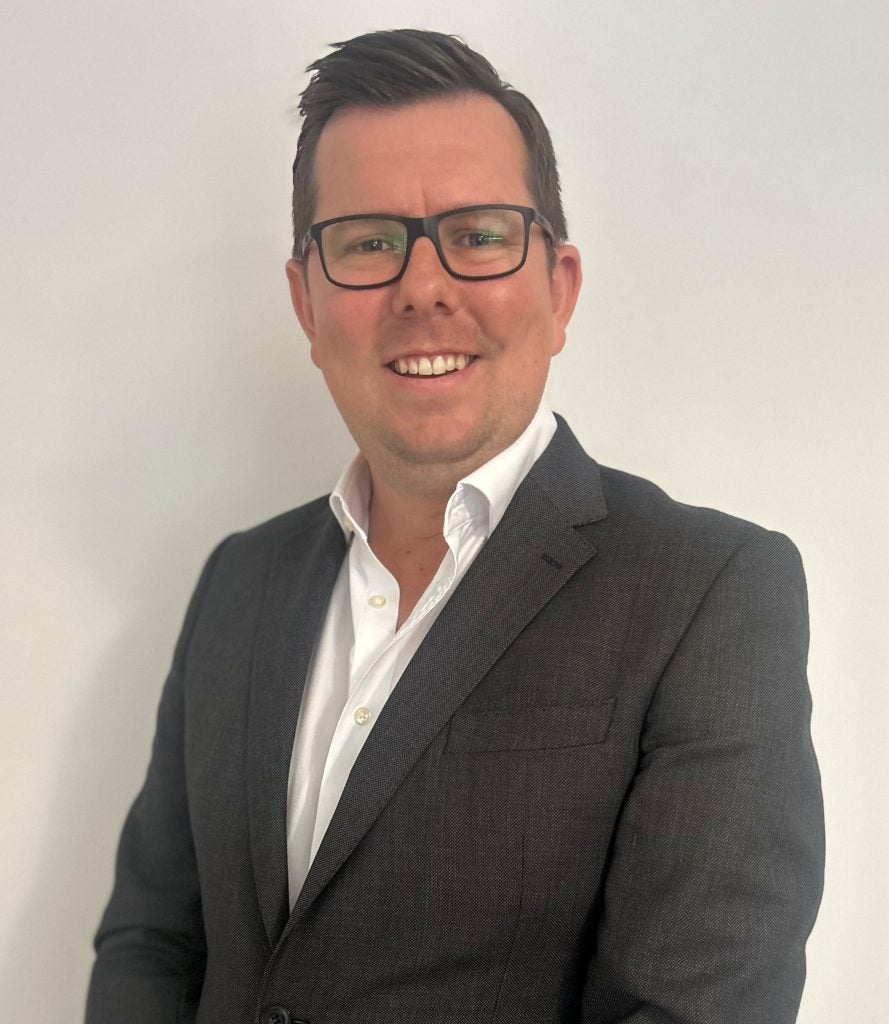In light of recent corporate catastrophes, Zoya Malik Group Accounting Editor, GlobalData asked Adam Page, Lead Director Analytics & Modelling, Deloitte UK and Jaap de Waard, Head of Business Development Europe and Middle East at CaseWare International how analytics may facilitate audit teams to steer clients into avoiding business disaster
When considering the urgency with which businesses must invest in new tech to compete for market share, remain relevant and stay compliant, there are still numerous challenges in applying business analytics within an organisation to risk manage. These may span the timing and acceptance of new technology in the workplace, the lack of technical skills in using analytics, data security issues, the integrity of data, deliverability of pertinent information on time and addressing of complex issues.
For Adam Page, the question of analytics uptake and deployment across corporates is viewed as yet an emerging area, especially in reference to a ‘Going Concern.’ He believes there is an immense, “Coaching gap from the industry’s side with clients expecting us to do a lot more work with forecasting and to tell them how business is going to be in the future, whereas for a ‘Going Concern’, there already exists quite a narrow and specific test.”
Page explains, “Within the industry, analytics are being used, yet we're not really putting into play predictive analytics to forecast a result, nor fully assessing at the moment what difference there will be to decision-making, by using machine learning.”
Page does acknowledge that currently the main use of analytics is in Risk Assessment and in understanding the reliability of the data and information his team gets from clients. In the case of a ‘Going Concern’, he sees that the development of analytics that can be applied to such problem-solving, will evolve over time.
“I think for most people algorithms are still very much like a Black Box. As an auditor, what we cannot have is a business saying, well, we made such and such a decision ‘because the box told me,’ nor equally can we say that a ‘going concern’ passed, because we put our results into a clever computer, that told us all was fine,” comments Page.
How well do you really know your competitors?
Access the most comprehensive Company Profiles on the market, powered by GlobalData. Save hours of research. Gain competitive edge.

Thank you!
Your download email will arrive shortly
Not ready to buy yet? Download a free sample
We are confident about the unique quality of our Company Profiles. However, we want you to make the most beneficial decision for your business, so we offer a free sample that you can download by submitting the below form
By GlobalDataMost critically, Page emphasises that a big part of the Assurance practice, “Is trying to give clients that assurance over the algorithms being used, because clients are similarly in the dark a lot of the time”. Page suggests that for organisations to succeed, taking a considered approach to People and Process transformation is the first step towards analytics embedded into an audit team’s operations. Thereafter there should be continuous assessment of how best that technology can become client facing, and serve beneficially for both auditor and client. “It’s not all about us getting along with new technology, rather than thinking about how the technology is racing ahead”.
For the benefit of auditing process, de Waard pointed to Caseware International’s website AI.caseware.com that couples analytics with machine learning and is in testing stage. This platform has been loaded with the 10K and 10Q, US Securities Exchange Commission (SEC) filings information. De Waard confirms, “We're mining companies’ performance data and using our machine-learning algorithms to predict ratios based on quarterly and annual results. We're mining the text using machine-learning to see if we can predict that a filing will have to be amended; for example we look at the wording and in case the wording is very complicated, we have lots of machine-learning algorithms we can apply to give auditors a high or low estimate on how major are the chances that the filing will have to be amended”.
In terms of regulators’ actions for audit firms moving into the digital landscape, de Waard stated, “Right now we believe the audit standards are not written to fully embrace what technology can bring to the profession. We found that if auditors start using algorithms, it's very likely that there will be a standards centre set up that will certify that algorithm. Right now we have put analytics AI into risk assessment, which is more exploratory, but if you're going to use analytics to really build audit evidence, it's going to be much more relevant to how much evidence you can get from automated tests. So what we expect is that standard setters will certify those tests so that when you use it, you can rely on it”.
CaseWare International is currently involved in the Dias Project with US distributor, CPA.com which is the commercial arm of the AICPA (American Institute of Certified Public Accountants), the standards centre for the region. AICPA has published a new Guide to Audit Data Analytics, intended to encourage auditors to voluntarily make more use of technology-based audit data analytics.
De Waard stated, “For this project, we brought together some of the brightest people in the profession to really think about Audit’s future. They want to make it all about technology and we are committed to going back to the AlCPA if needs be to ask for standards to change, to make way for that technology. I see AICPA has a four year horizon; one year has passed and I think we will see some incremental products but let’s just say that in terms of, “The Audit of the Future,” we will aim for it to happen in four years’ time.





